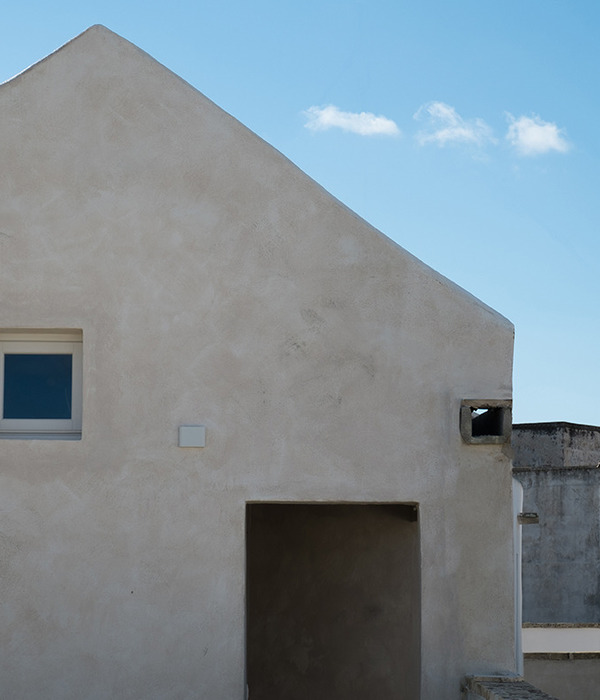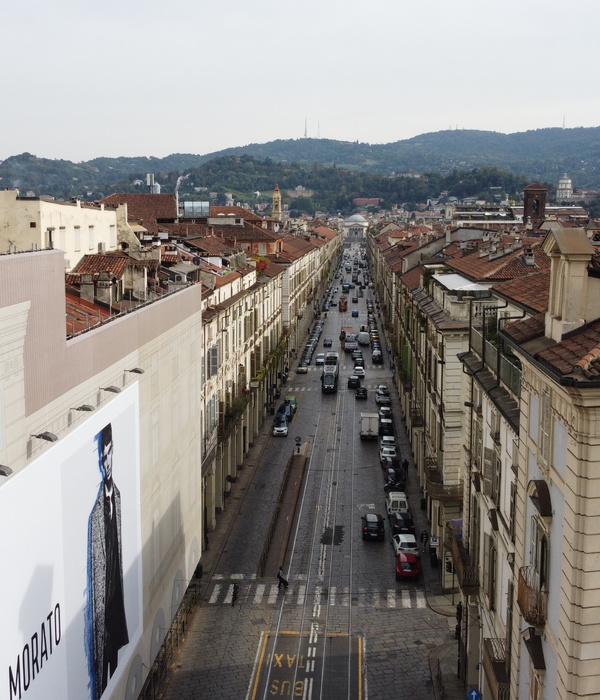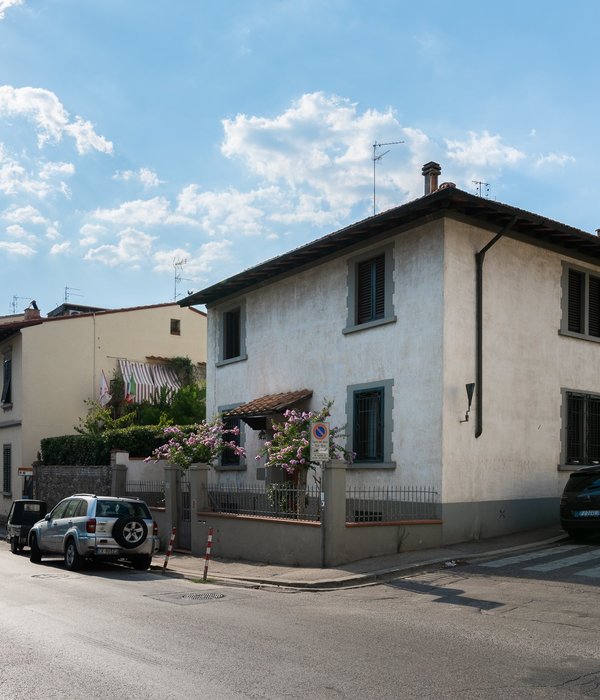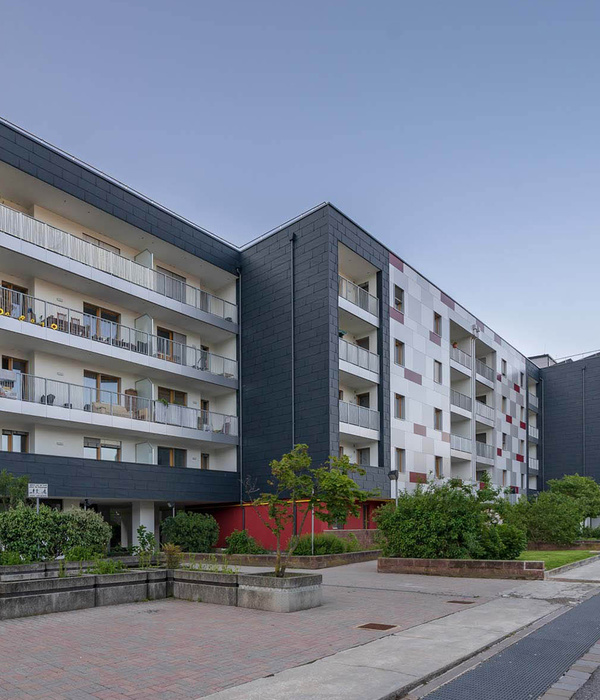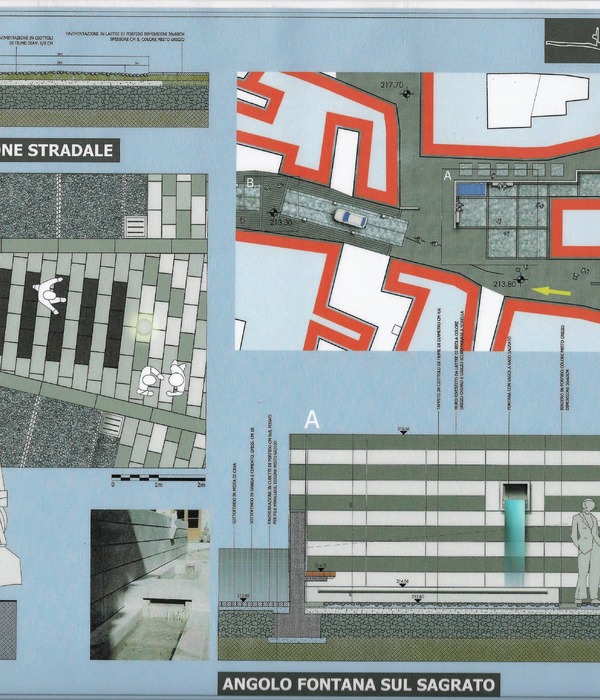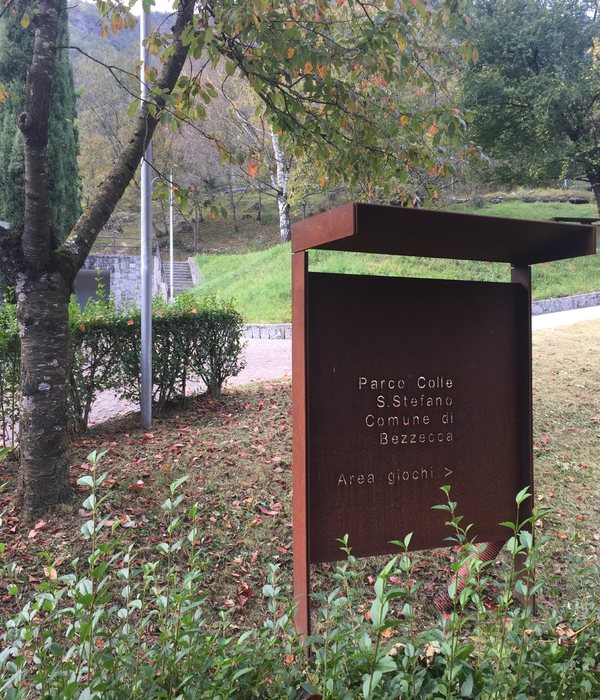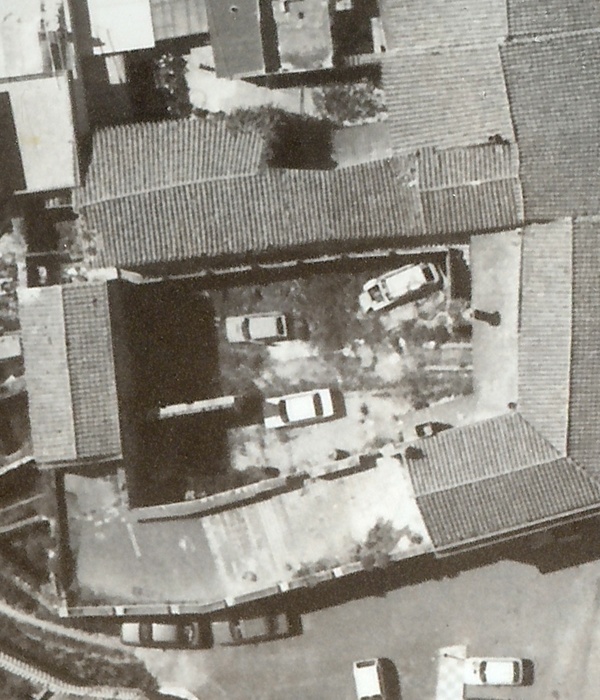新西兰奥克兰码头景观设计——打造多功能公共空间
Auckland Waterfront
位置:新西兰 奥克兰
分类:公共环境
内容:实景照片
景观设计
:Taylor Cullity Lethlean
委托人:Waterfront Auckland
图片来源:Simon Devitt and Jonny Davis
图片:10张
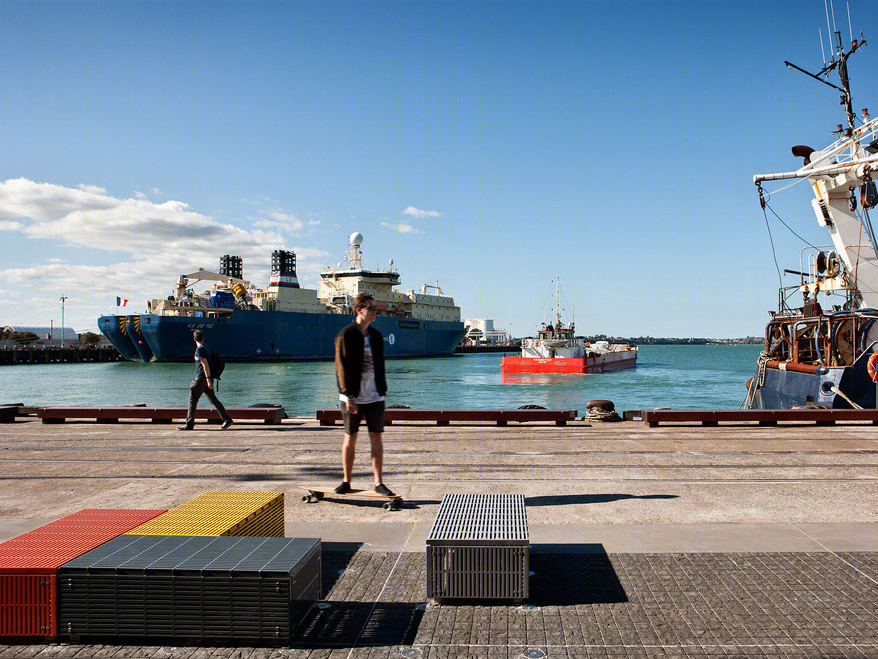
新西兰奥克兰码头是由Taylor Cullity Lethlean主导设计的,场地面积为1.8公顷。港口城市总是在不断变化,它的执拗、功利、强壮和瓦解,都随着发展速度让我们的感官有所体验。然而当代海滨区的重建通常的特点是移除掉吸引我们去这些地方的特有品质。奥克兰Wynyard区域的重建面临着开发的挑战,它的建设预计要将被遗弃的工业和沿海区域转变为一个多用途区。基础设计是项目的两个关键。保留和加强渔业和海洋产业形成新的公共体验是一个重点,诠释场地独特的历史性和物质性形成新的公共景观是另一个重点。Jellicoe海港是一个主要的旅游景点,它的特点在于渔船队的保留,此外还有批发和零售海鲜市场、新步道和餐馆。Silo公园是一个分层的公共空间,它促进了一系列混合功能的使用,包括被动娱乐、活动空间、青年区、产业区。
译者: 饭团小组
Working waterfronts are constantly in flux; crusty, utilitarian, muscular and dissolving, with temporal qualities that engage all of our senses. Yet contemporary waterfront redevelopments are often characterised by the removal of the very qualities that attract us to these places. At Auckland’s Wynyard Point redevelopment these conventions are challenged in a development that anticipates transforming a forlorn industrial and maritime precinct into a mixed-use precinct. Underpinning the design are two ‘key moves’. Retention and enhancing of fishing and maritime industries form the focus of new public experiences and, interpreting the site’s peculiar archaeology of patterns and materiality to inform a new public landscape.
Jellicoe Harbour is a major tourism attraction centred on the retention of the fishing fleet, wholesale and retail fish and seafood markets, and new promenades and restaurants. Silo Park is a layered public space that facilitates a range of hybrid uses including passive recreation, event space, youth precinct, industry and folly. Each program is new to the site, yet built from the pattern language, infrastructure and the mythology of place.
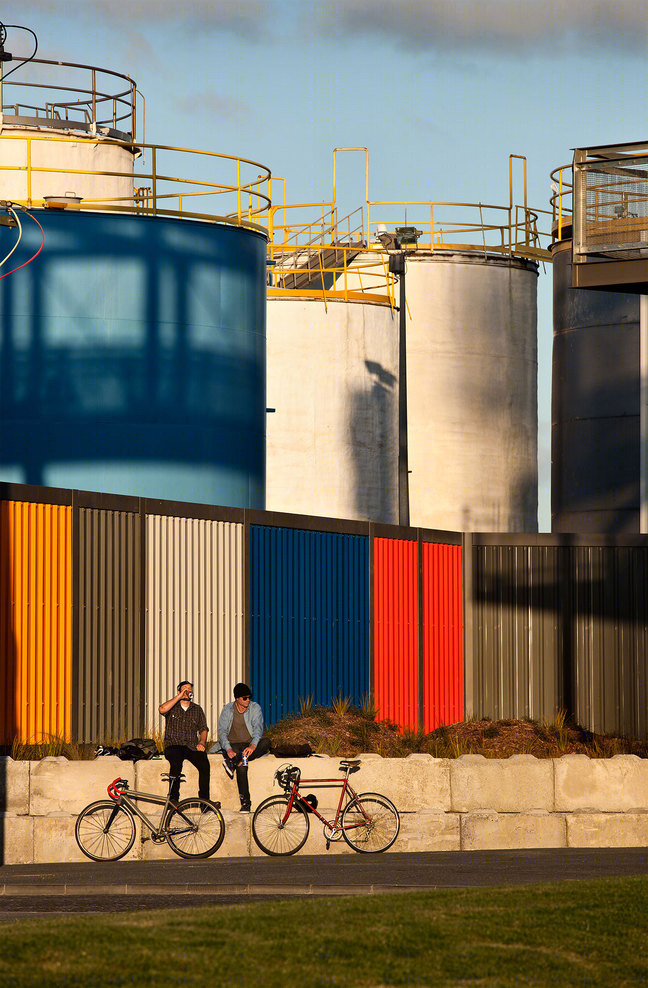
奥克兰码头外部图

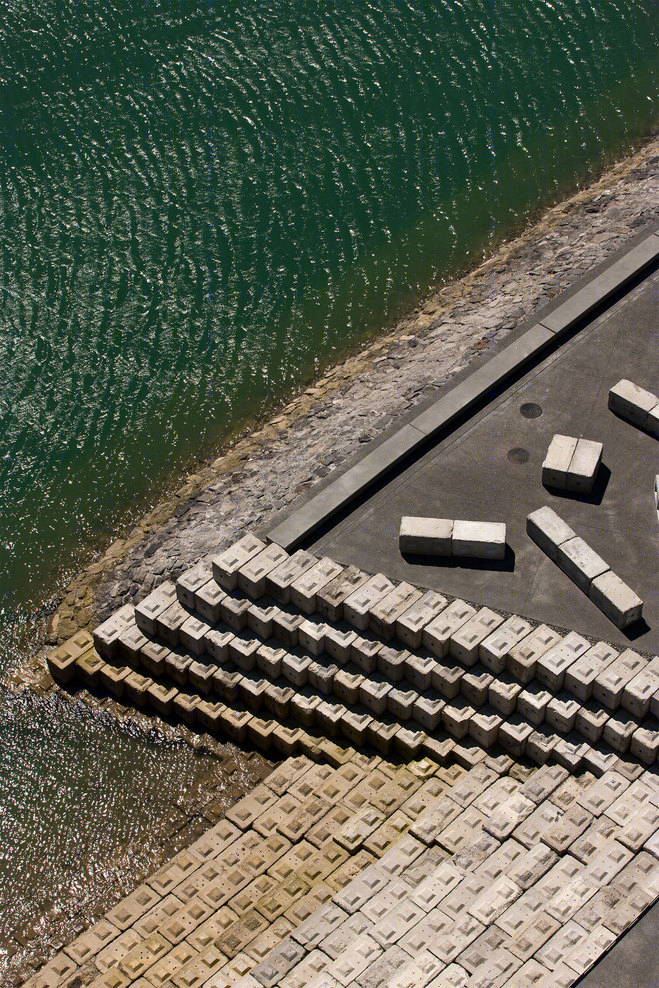
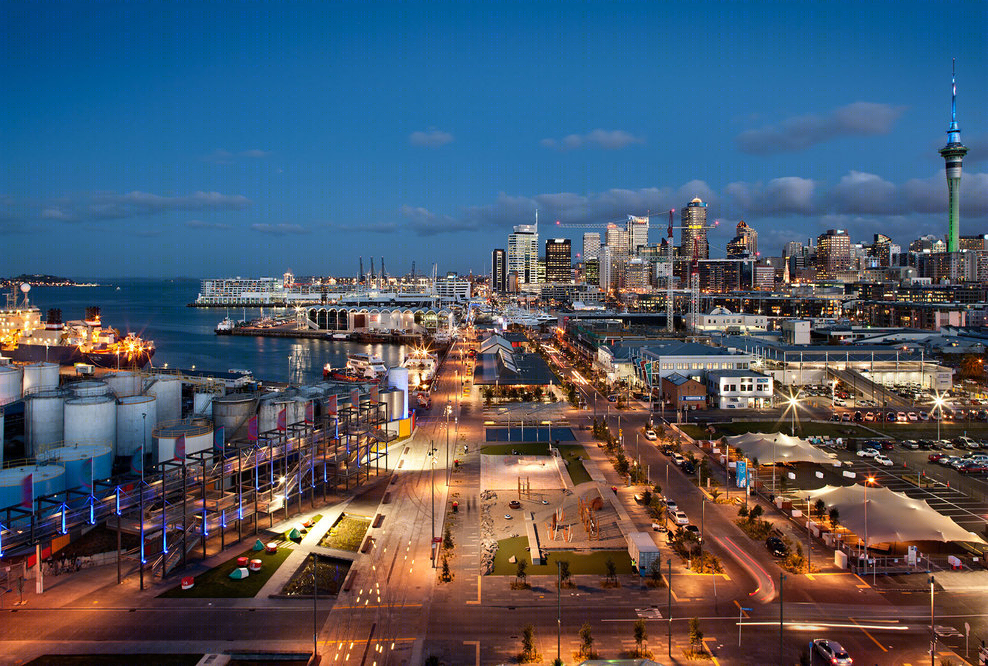
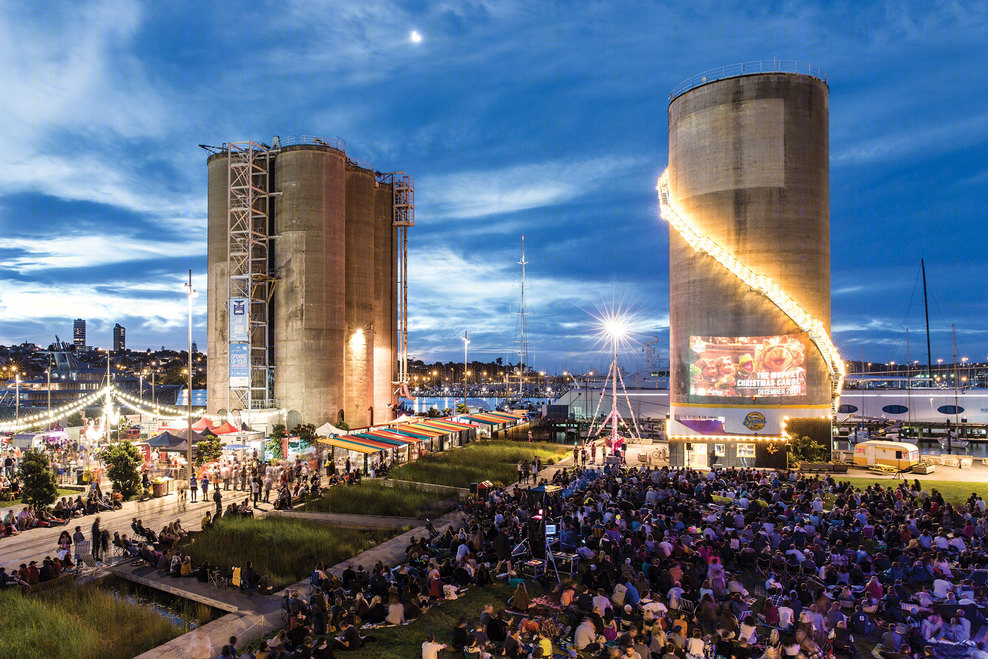

奥克兰码头
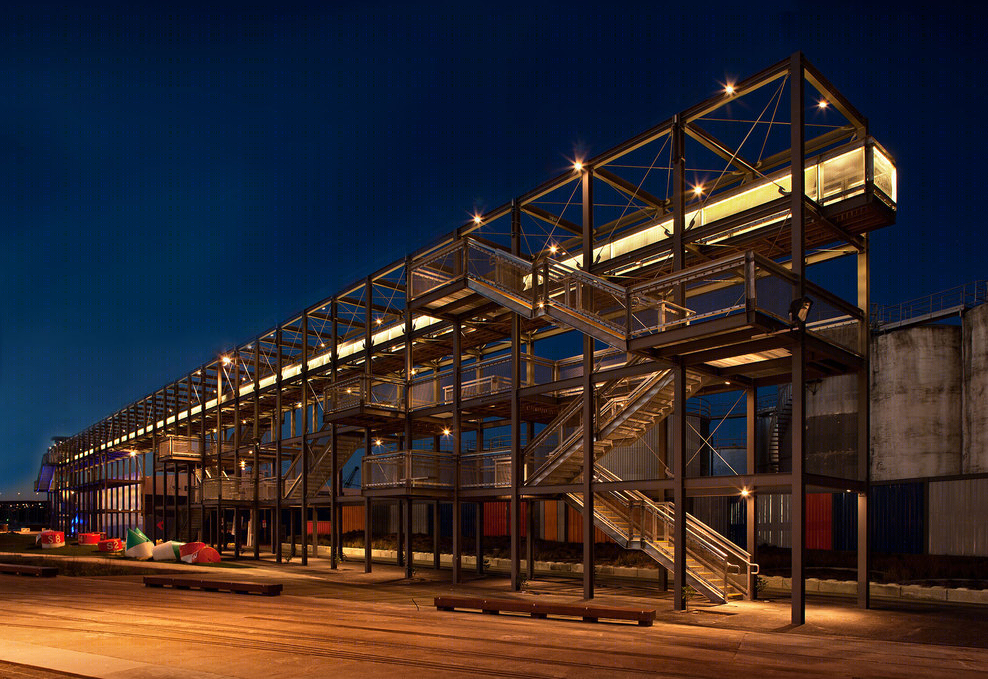
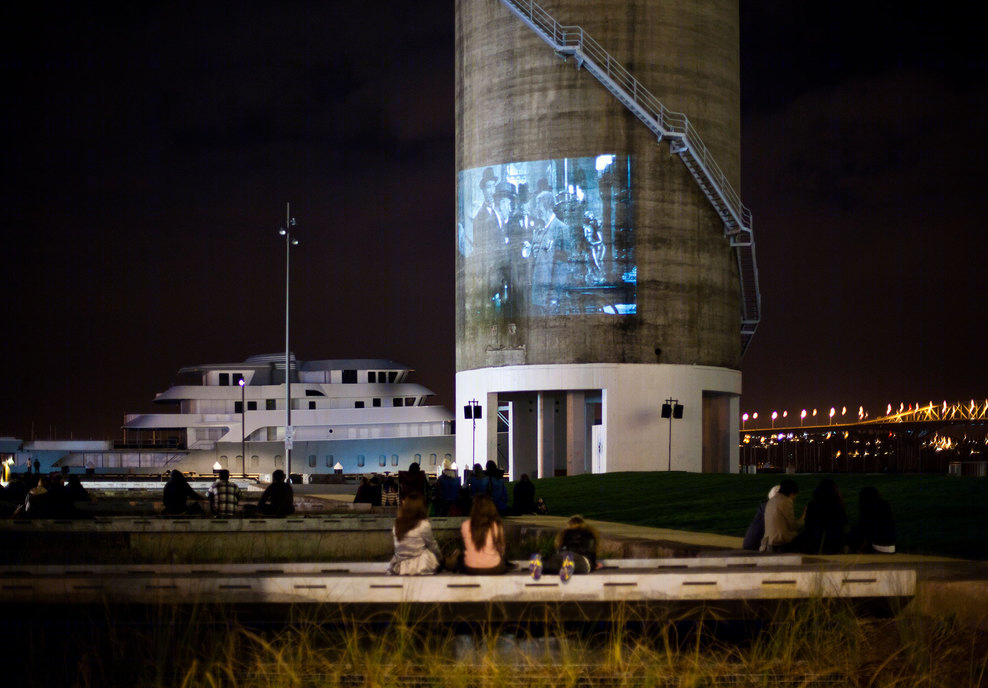
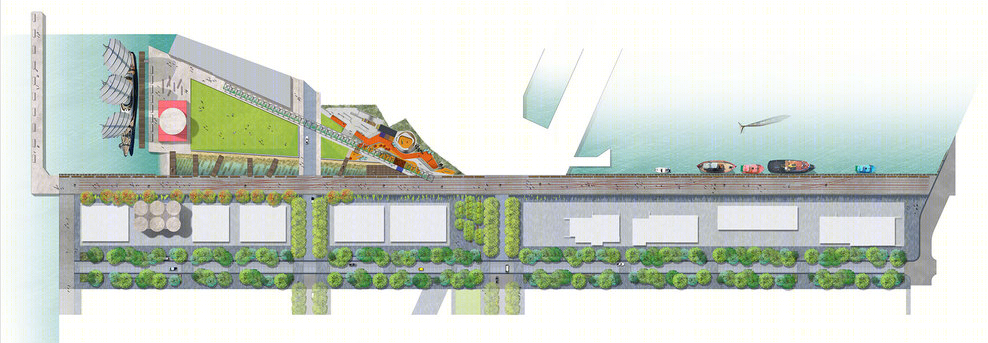
奥克兰码头图解


